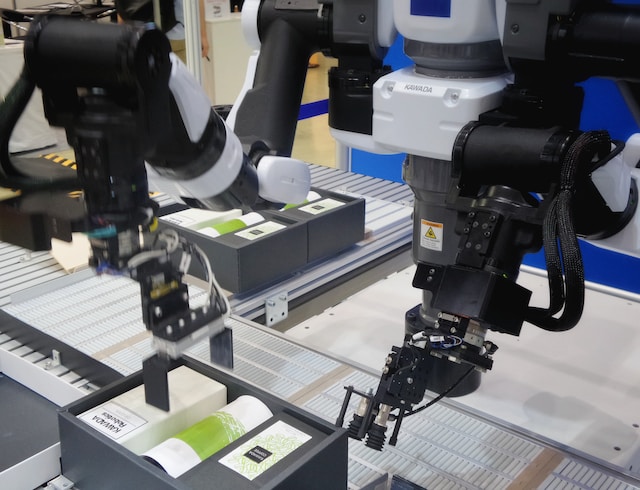Automation is clearly changing the world that we live in. It is changing how we drive, how we eat, how we interact with others, how we listen to music, how we work.
While automation can lead to more leisure time and fewer tasks, it can also create a sense of disconnection and take jobs from humans and give them to robots. Automation can make things easier and harder at the same time.
If you haven’t already looked at how automation is influencing your life, give some thought to the systems, technologies, and conveniences that power your day, your work, and your activities. Following are some interesting and timely examples of automation in action.
Transportation: Self-Driving Cars
We already have Uber and Lyft to take us where we want at the swipe of a screen or push of a button. Now, companies like Uber, Google, and Tesla, among others, are investing both dollars and technology to create self-driving cars. While there is still some development work on the horizon, self-driving cars could potentially lead to safer driving without the worries of driving distracted, tired or under the influence, for example. Will the next generation of roadsters even learn how to drive when they come of age? It remains to be seen, as more and more companies and individuals express interest in self-driving vehicles.
Food: Meal and Food Delivery Services
We’ve come a long way from basic pizza delivery. Today, consumers can enjoy restaurant delivery from Amazon, as well as their favorite local restaurants, not to mention sacks of gourmet groceries on the doorstep in just hours. Likewise, fully prepared meals from local and national companies as well as customized ingredients and recipes delivered from websites such as HelloFresh are gaining in popularity. Healthy? Obviously. Vegan and vegetarian options? Check. Gluten-free. You got it. High-protein? Of course. Food for babies, brides-to-be, and bodybuilders? The options are endless. Consumers can enjoy the food they want when and how they want it with the growing number of automated meal and food delivery services.
Waiters: Robot Servers
If you have ever felt like you were talking to a robot when placing an order, it might actually become a reality for you. Teaming up with MasterCard, some Pizza Hut chains in Asia are rolling out life-like robots to take customer orders and process their payments. Known as “Pepper,” the robots can respond to customers’ gestures and their tone of voice, and they can also take payment through MasterPass, a global payment service.
Music: Lyrics Compliments of Science
Believe it or not, musicians and computer scientists are continuing to work together to create music simply with algorithms and formulas. This includes software that creates actual lyrics and generates soothing melodies. From classical to jazz to pop, automated music may be on your airwaves soon.
Construction Workers: More Jobs Lost to Automation
Manual jobs have long been threatened by the latest automated processes. According to Technology Review, robots can lay three times as many bricks as construction workers. Something called SAM, or Semi-Automated Mason, can lay as many as 1,200 bricks each day, far surpassing human abilities to do so, although SAM does require some human support and direction. In a TED Talk video, a professor at the University of Southern California showed how an entire house could be built in less than a day using 3D printers. In addition, crane operators and bulldozer drivers may also see machines with artificial intelligence take their place in the construction crew. This is just one area where automation is playing a role in the changing face of an industry.
All in all, automation is predicted to take the place of about six percent of U.S. jobs over the next five years. Will your job soon be replaced by the work of automation or artificial intelligence? Consider what you do and how you do it. From manufacturing to legal work and bank representatives to movie stars, more work will go the way of automation in the next few decades. Likewise, more and more aspects of your life will be managed by automation. Companies and individuals must adapt to the changing world, powered largely by technology and automation.







